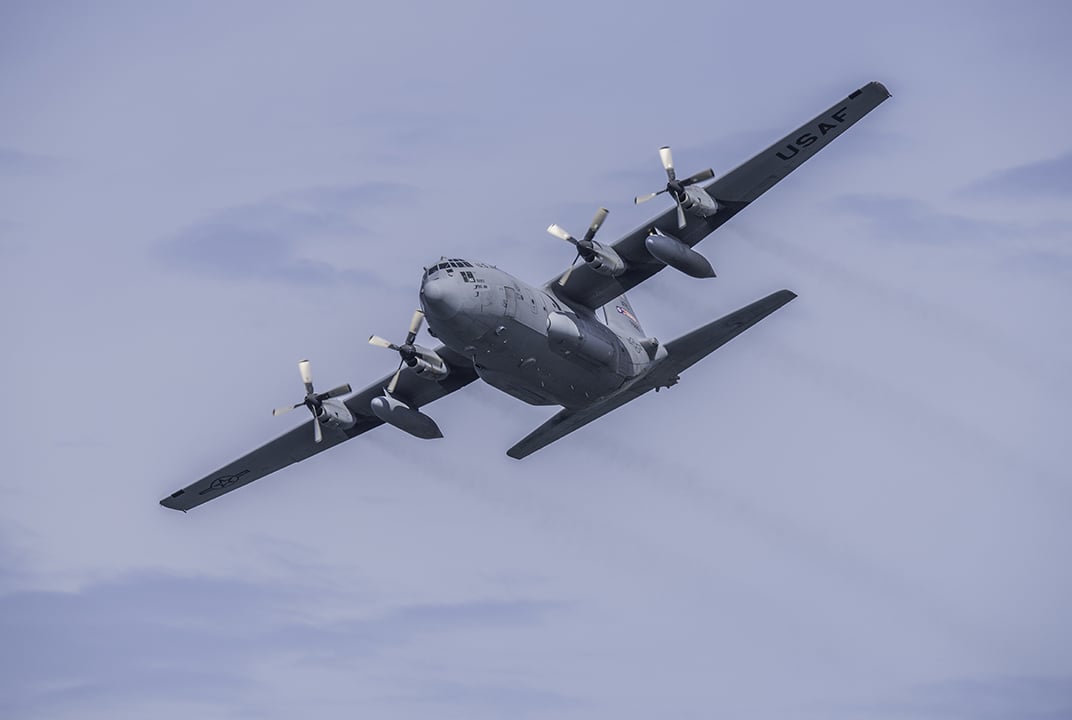GX for Government - The global Ka-Band network built with government customers specific needs in mind
Insight | A holistic SATCOM strategy to support the U.S. Government Arctic vision
A holistic SATCOM strategy to support the U.S. Government Arctic vision
- The world’s militaries will continue to boost their presence in the Arctic manifested through increasing levels of training, troops, equipment, and infrastructure.
- In response to the expanding use of northern latitudes for air, land and sea operations, we have developed a holistic approach to deliver reliable and resilient SATCOM in this high-demand region.
- This includes partnering with Space Norway to develop two highly elliptical orbit (HEO) satellites, as well as providing cold weather hardening of terminals and software retrofits to ensure compatibility with HEO spacecraft operations.
In recent years, the U.S. Government has significantly increased its activity in the Arctic.
The Arctic is home to four million people, vast natural resources and unique ecosystems that create opportunities for sustained economic growth, according to the White House’s National Strategy for the Arctic Region[1]. The region is emerging as more accessible than ever for the U.S. and its allies – but also for our adversaries.
To counter such threats, the U.S. Government seeks “an Arctic region that is peaceful, stable, prosperous and cooperative” with “guardrails to manage competition and resolve disputes without force or coercion,” according to the strategy. The 2022 National Defense Strategy[2] echoes this by calling for greater early warning and intelligence, surveillance and reconnaissance (ISR) capabilities to support “a stable Arctic region characterized by adherence to internationally-agreed upon rules and norms.”
These guardrails and investments in stabilization are already in place, with more such allocations to come:
- The U.S. Department of Defense (DoD) maintains more than 22,000 forces in Alaska and several military bases in the region.
- The Space Force is expanding its presence in the Arctic and is building a gateway site for the Enhanced Polar Systems-Recapitalization (EPS-R) payloads scheduled to launch in 2024.
- The Air Force bases its top-of-the-line aircraft in Alaska because the location allows for easier deployments to missions in the Indo-Pacific while serving as a key refueling stop for aircraft.
- The Army has established the 11th Airborne Division in the region to develop expertise in Arctic mobility and extreme cold weather operations.
- The Navy has operations including submarines in the Arctic, and the Coast Guard has its Healy icebreaker focused on support for the Arctic region and is expanding its fleet.
The world’s militaries will continue to boost their presence in the Arctic manifested through increasing levels of training, troops, equipment, and infrastructure. In response to the expanding use of northern latitudes for air, land and sea operations, we have developed a holistic approach to deliver reliable and resilient SATCOM in this high-demand region. This includes partnering with Space Norway to develop two highly elliptical orbit (HEO) satellites, as well as providing cold weather hardening of terminals and software retrofits to ensure compatibility with HEO spacecraft operations.
Built by Northrop Grumman for the Arctic Satellite Broadband Mission (ASBM), the new HEO satellites will carry payloads for Viasat, the Norwegian Ministry of Defense and the U.S. Space Force. For government customers, the satellites would extend our award-winning Global Xpress wideband service, now operated by Viasat following the acquisition of Inmarsat on May 30th, 2023, and its military Ka-band (mil-Ka) capability via the Viasat GX10A and GX10B payloads, the first of which just completed thermal vacuum testing. The ASBM satellites are scheduled to launch in early Q3 2024 with service anticipated to begin by the end of 2024. Together, these satellites and the associated ground infrastructure represent the world’s first and only mobile wideband payloads dedicated to the Arctic region


